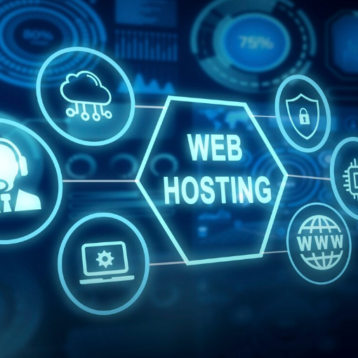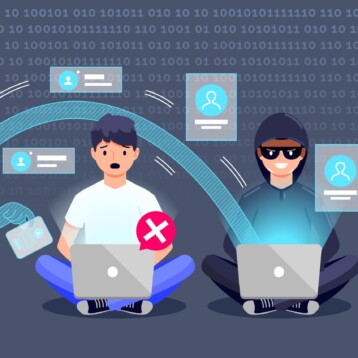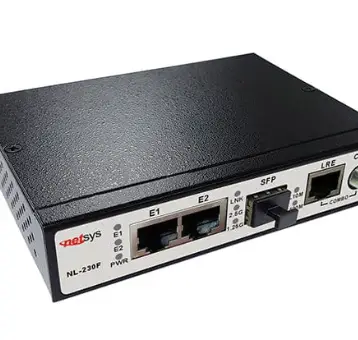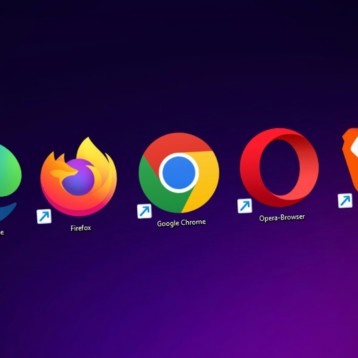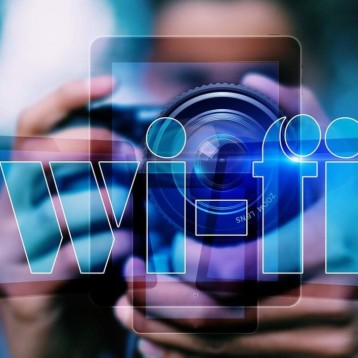
There is no question that the internet has become a staple in today’s society. With the click of a button, we have access to an unimaginable amount of information and resources. However, for low-income households, the cost of internet access can be a barrier to entry. Fortunately, there are several government initiatives that are making it possible for everyone to get online.
In this blog post, we will explore programs that give free internet for low income households and their effects. We will also discuss how these programs are helping to close the digital divide and how they are impacting the lives of those who are taking advantage of them.
Free Internet Through the Affordable Connectivity Program
The Affordable Connectivity Program is designed to provide low-cost internet access and devices to eligible households, helping to bridge the digital divide between those who can afford internet access and those who cannot. This program also offers digital literacy training to help users become more proficient in using digital technologies, devices, and the internet.
Through the ACP, eligible households are given a monthly subsidy of $30 going toward their broadband plans. In line with the program, most major service providers are also matching their base broadband rates at $30 as well, basically allowing eligible individuals free broadband services.
In addition, the program’s subsidy can also be used in conjunction with existing government subsidies such as Lifeline, taking away more upfront costs from families and allowing them more capacity to sign up for digital services and technologies
Bridging the Digital Divide
Free access to the internet is the foundation for bridging the digital divide. By allowing free access to digital technologies and resources, those who have been historically excluded from participating in the digital economy can become connected and empowered.
Organizations, governments, and educational institutions are already working together to ensure that access to these resources is equitable and available to all. Programs like the ACP are providing education and training, increasing access to the internet, and prioritizing broadband infrastructure to ensure that everyone is afforded a fair shot at its benefits
Impact of Free Internet on Low-Income Households
The impact of free internet for low-income households is extraordinary. Access to the internet can open up a world of educational and career opportunities to citizens who may otherwise be deprived of them. Families can connect with employers, educational institutions, and other resources through the internet that may be difficult to access without the internet.
Additionally, free internet access can provide entertainment and connectivity to friends and family, allowing individuals to stay up to date with current events and social activities. Overall, free internet has the potential to significantly improve the quality of life for those living in underserved areas and could potentially lift people out of poverty.
In conclusion, it is evident that the Affordable Connectivity Program has had a positive impact on low-income households in terms of bridging the digital divide. The program has provided free internet to low-income households, which has in turn helped them to access essential online services and information. The program has also helped to improve the quality of life for families by providing them with opportunities to connect with others and access vital resources that allow for upward mobility

